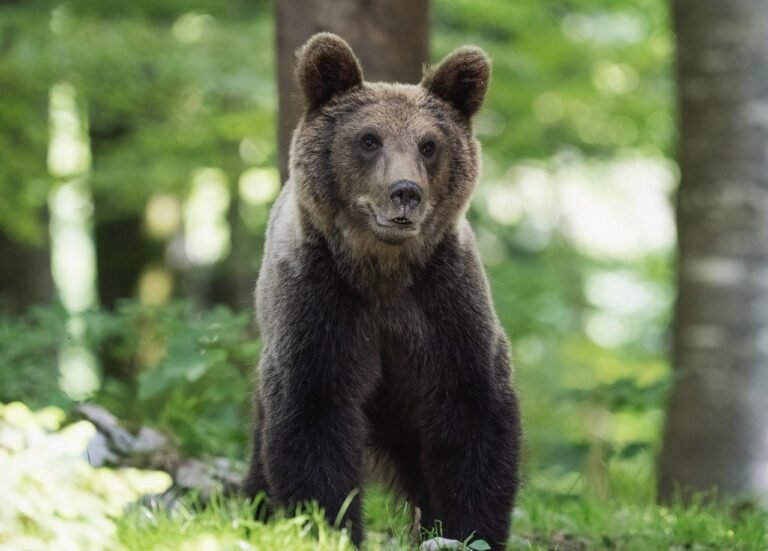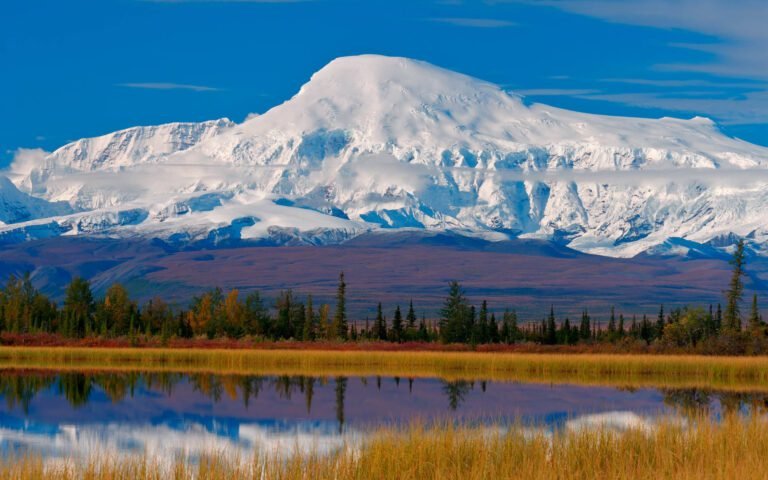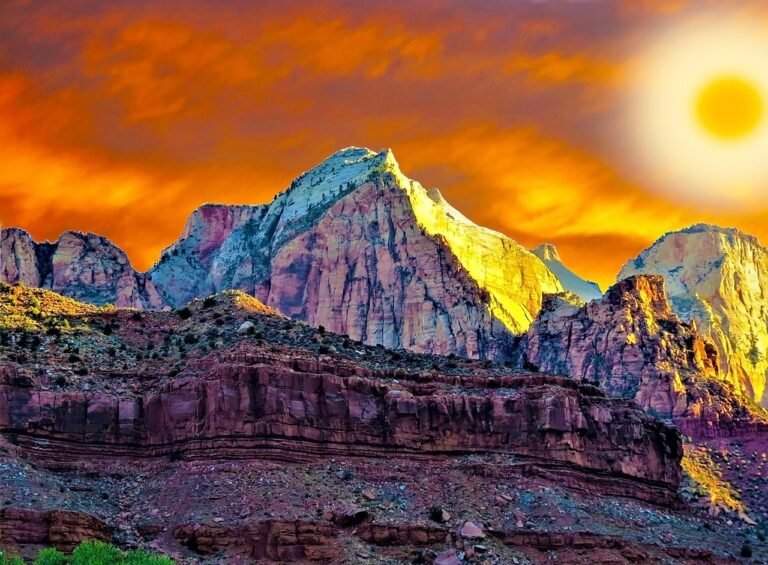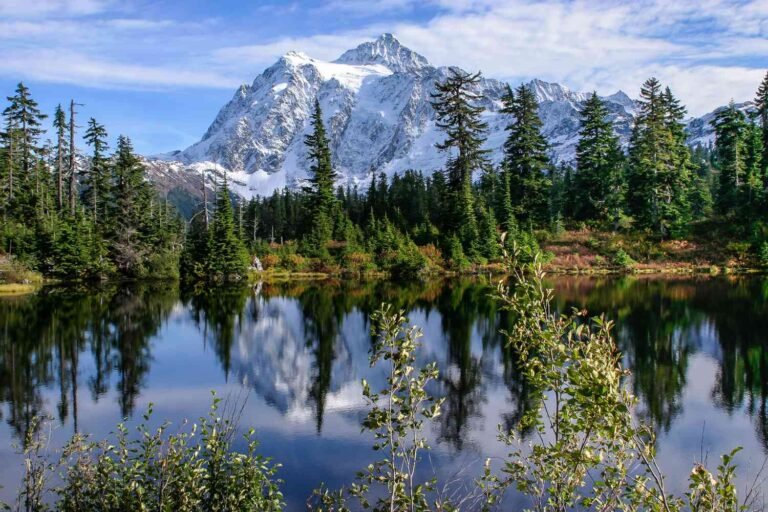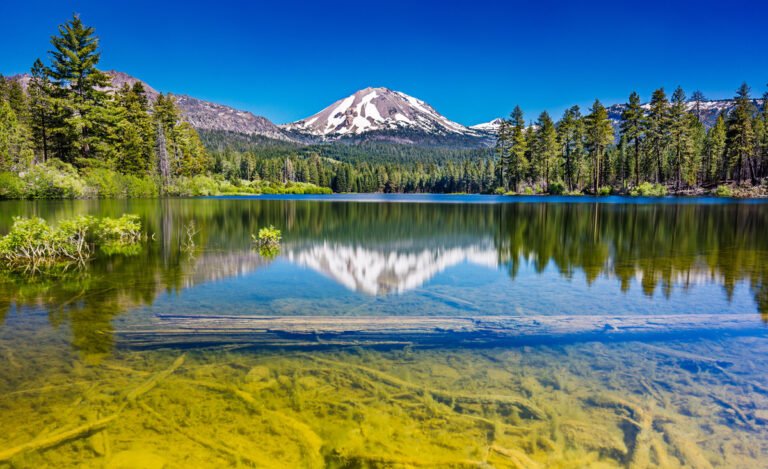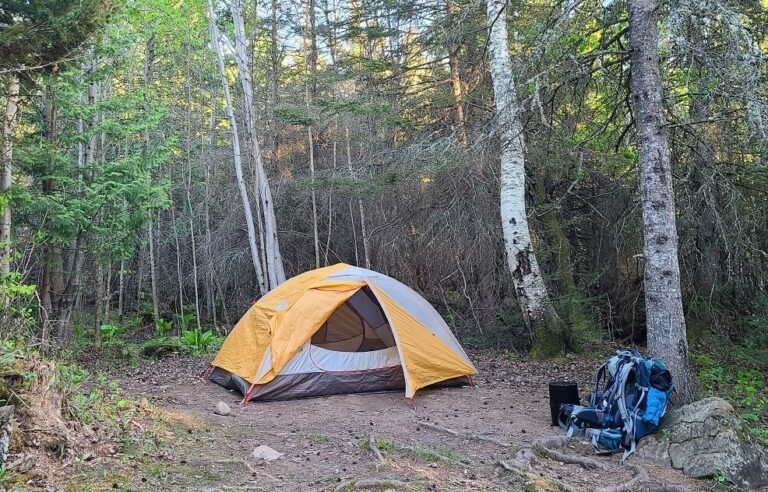Planning an Adventure in the Wilderness of Gates of the Artic National Park

Hey adventurers! are you ready to dive into one of America’s most challenging and rewarding national parks. Get prepared – this isn’t your typical national park experience with gift shops and scenic drives. We’re talking true, unfiltered wilderness that will test your limits and change your perspective forever. Let’s me guide you about a perfect “Two Days Itinerary to Gates of the Artic National Park”!!
The Park That Defies "Tourism"
Table of Contents
ToggleLet me be clear: Gates of the Arctic may not suit everyone. This national park is located in the far north of America and covers 8.4 million acres of virgin Alaskan nature. Not a single road, trail, or visitor center can be found within its borders. You won’t find any cell service available. This is an experience where nature reigns supreme and humans are only temporary guests.
Who Should Visit (Be Honest With Yourself!)
Look, I’m all about encouraging everyone to push their boundaries, but I’m also big on safety and knowing your limits. Gates of the Arctic is for:
- Experienced backcountry travelers – and I mean EXPERIENCED. If you’ve never spent nights in the wilderness without facilities, start somewhere else but not here.
- People comfortable with self-sufficiency – if something goes wrong, help is hours or days away, not minutes.
- Physically fit adventurers – you’ll be carrying everything you need across the area.
- Those seeking profound solitude – if the thought of not seeing another human for days excites rather than terrifies you, you’re on the right track.
- Wildlife enthusiasts with proper safety knowledge – seeing a grizzly in true wilderness is life-changing, but you need to know exactly how to handle encounters safely.
I’m not trying to scare you off – I just refuse to sugarcoat what this place demands. When I ventured here, even with my extensive travel experience, I found it challenging in ways I hadn’t anticipated.
The Spectacular Payoff (What Makes It Worth It)
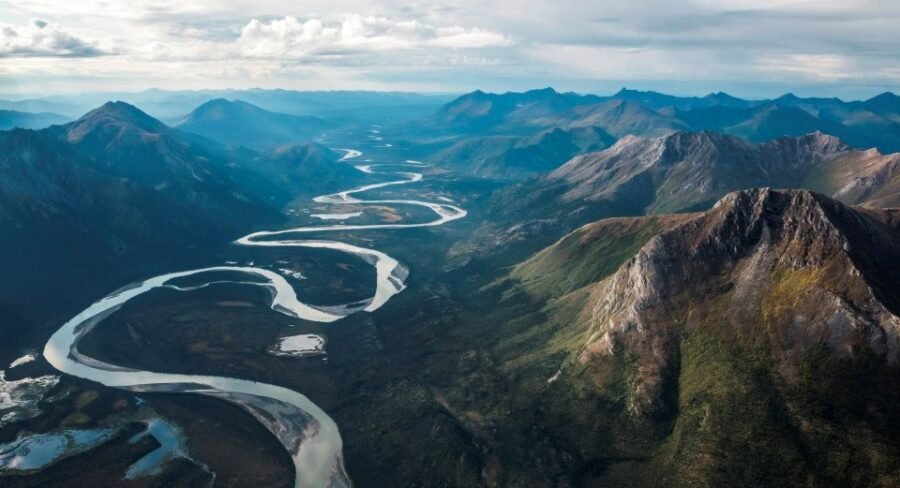



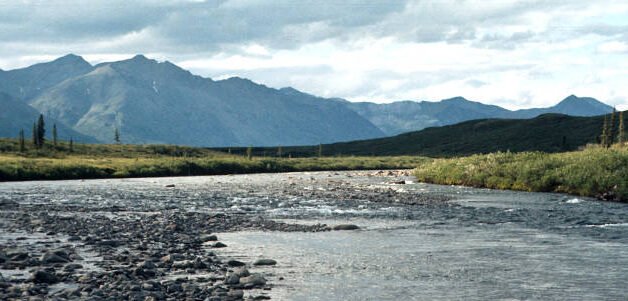

If you’re still reading, here’s why Gates of the Arctic might be the most rewarding adventure of your life:
- The Rivers: Six wild and scenic rivers (Alatna, John, Kobuk, Noatak, North Fork Koyukuk, and Tinayguk) cut through the landscape. During my visit, floating part of the Kobuk revealed mountains and valleys I would have never accessed on foot.
- The Brooks Range: These mountains aren’t the tallest, but they’re among the most remote in North America. The glacier-carved valleys create panoramas that stopped me in my tracks – and I’ve seen a LOT of mountains.
- The Wildlife: Seeing caribou migration paths that have remained unchanged for thousands of years is humbling. I spotted Dall sheep navigating seemingly impossible terrain. And yes – grizzlies foraging in the distance (thankfully). The wildlife here doesn’t perform for humans; you’re witnessing truly wild behaviors.
- The Light: I went there in late August when darkness was beginning to return after the midnight sun. The quality of light in the Arctic is unlike anywhere else – golden hours that stretch for actual hours, creating photographer’s dream conditions.
- The Silence: This was perhaps the most profound experience – complete absence of human-made sounds. No distant planes, no traffic rumble. Just wind, water, and occasionally wildlife. It’s something most of us never experience in modern life.
Trip Planning Essentials (Don't Skip This Part!)
When to Go: The realistic window is June through early September. July-August offers the best weather and fewer mosquitoes (though they’re still fierce). I went in late August to catch the beginning of fall colors and aurora possibilities.
Weather Reality Check: Even in summer, temperatures can drop below freezing. Snow can fall ANY day of the year. I experienced everything from 70°F sunshine to near-freezing rain in a single 48-hour period. Plan for all conditions and take the forecasts with a grain of salt – they change rapidly.
Getting There: There are no roads. You’ll need to:
- Fly to Fairbanks first
- Take a smaller plane to a gateway community (Bettles, Anaktuvuk Pass, or Coldfoot)
- Arrange a bush plane (air taxi) to fly you into the park itself
Book MONTHS in advance and be prepared to be flexible with dates due to weather delays.
Permits & Registration: While permits aren’t required, you MUST register with the Bettles Ranger Station before entry and upon exit. This safety measure ensures someone knows where you plan to be and when to sound alarms if you don’t return.
Essential Gear: Beyond standard backpacking gear, you’ll need:
- Bear-resistant food containers (required)
- Satellite communication device (I used a Garmin InReach)
- Topographic maps AND compass (don’t rely solely on GPS)
- River crossing gear (quick-dry clothing, trekking poles, proper technique)
- Serious rain gear and multiple layers
- Bug protection (both clothing and repellent)
- First aid kit with wilderness-specific supplies
Food Planning: Calculate your needs then add 2-3 extra days’ worth. Weather delays are common.
Available Facilities and Support (Spoiler: Not Much)
Here’s the reality of support in Gates of the Arctic:
- Ranger Station: The Bettles Ranger Station is only staffed seasonally, but rangers there are invaluable resources for trip planning. I spent nearly two hours with a ranger going over my route plans, discussing weather patterns, and getting current wildlife information.
- Air Taxis: These are your lifeline. Companies like Coyote Air, Brooks Range Aviation, and Warbelows Air Ventures know the terrain intimately. They’re not just transportation – they’re safety assets with vast knowledge of the region.
- Guides: If you’re not confident in your backcountry skills, hiring a guide is wise. Arctic Wild and Alaska Alpine Adventures offer guided trips that still provide wilderness immersion with expert leadership.
- Emergency Services: Let’s be clear – emergency response will take HOURS at minimum, more likely DAYS depending on your location and weather. This isn’t meant to frighten you, but to emphasize self-reliance and conservative decision-making.
A Realistic 2-Day Itinerary (Short But Sweet)
Two days is honestly the minimum I’d recommend, and even that is rushing it. Here’s how to make the most of a brief visit:
Day 1:
- Morning: Early flight from Bettles to land near Arrigetch Peaks or Walker Lake (weather dependent)
- Mid-day: Set up a base camp, then take a short acclimatization hike to higher ground for views
- Afternoon: Practice your river crossing techniques at a safe, shallow crossing if possible
- Evening: Wildlife watching from a safe distance with binoculars (twilight hours offer best viewing)
Day 2:
- Morning: Day hike to a ridgeline viewpoint, allowing plenty of time for careful navigation
- Afternoon: Try fishing if you have proper licenses and equipment
- Evening: Photography during golden hour, then prepare for next morning’s extraction
- Backup Plan: ALWAYS have a contingency plan if weather prevents your scheduled pickup
I’ve had extraction delays of up to three days in remote areas before – it happens. Don’t schedule tight connections on your return journey.
Few Essentials to Remember
Safety First, Always
I’ve traveled to many countries solo, but the Arctic demands exceptional caution:
- Bear Safety: This is grizzly territory. Store food properly in bear canisters placed 100 yards from your tent. Learn proper bear spray usage BEFORE your trip. Make noise while hiking, especially in dense brush or near loud water.
- River Crossings: Glacial rivers are dangerously cold and often silty, obscuring depth. Cross early in the day when levels are lower, use trekking poles for stability, and unfasten your pack’s hip belt so you can shed it quickly if you fall.
- Weather Awareness: Conditions change rapidly. If you see dark clouds building, get to lower terrain immediately. Lightning, while less common than in the Lower, still poses a serious threat.
- Navigation: Without trails, navigation skills are paramount. Take bearings frequently and maintain awareness of your location at all times.
Respecting the Culture
This land has sustained Alaska Native communities for thousands of years. The Koyukon Athabascan and Nunamiut peoples still maintain subsistence lifestyles in and around the park.
During my visit, I was fortunate to briefly meet a Nunamiut elder in Anaktuvuk Pass who shared stories about traditional caribou hunting practices. These encounters remind us that “wilderness” is a Western concept – this has been home to Indigenous peoples since time immemorial.
If you encounter archaeological sites or evidence of subsistence activities, observe respectfully without disturbance. Consider learning about these cultures before your visit to deepen your appreciation of the landscape.
Is It Worth It? (Absolutely, But…)
Gates of the Arctic demands more preparation, skill, money, and flexibility than perhaps any other national park in America. The challenges are real and shouldn’t be underestimated.
But the rewards? Experiencing one of the last truly wild places on earth. Connecting with a landscape that functions exactly as it has for thousands of years. Finding a profound silence that recalibrates your entire being.
For those properly prepared, it offers something increasingly rare in our world – genuine adventure where the outcome isn’t guaranteed and the experience isn’t curated.
If you go, tread lightly. Take nothing but photos, leave nothing but carefully placed footprints. And come back changed, with stories few will share and memories that will last a lifetime.
Have you dreamed of visiting Gates of the Arctic, or have questions about planning a wilderness adventure in Alaska? Drop your thoughts in the comments! And if you found this guide helpful, please share it with other adventure seekers!
Stay adventurous (but prepared!)

